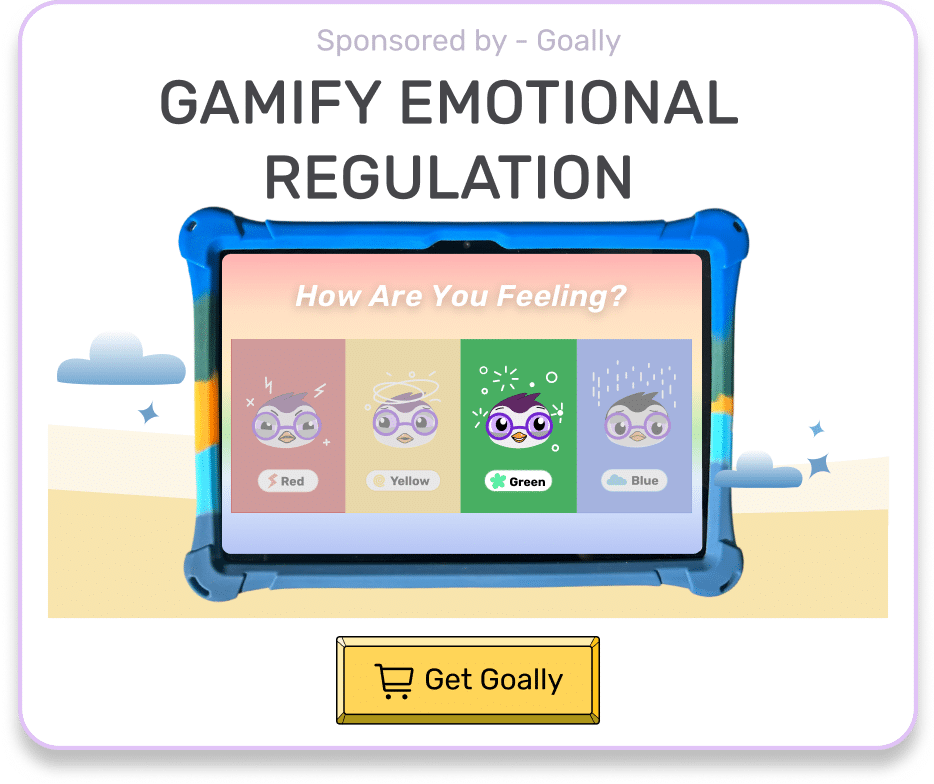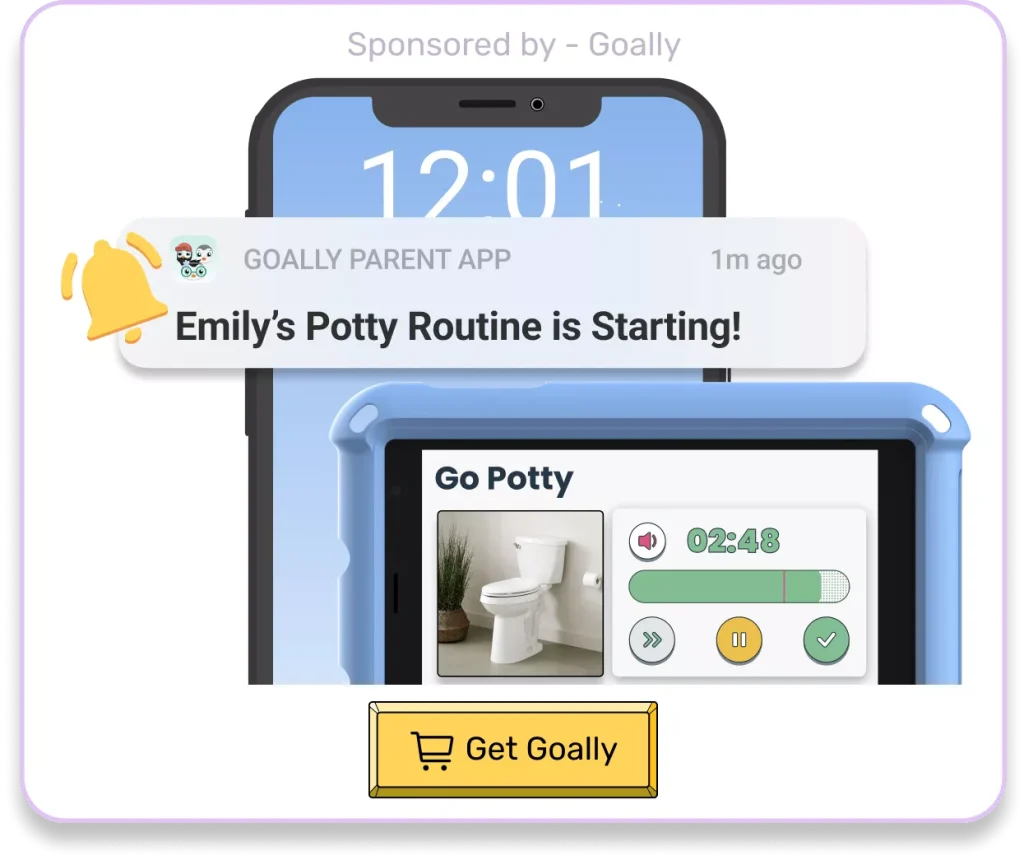Parenting can feel like navigating a maze, especially when your child experiences emotional dysregulation autism. But don’t worry; we’re here to help you find your way. In this blog post, we’ll explore emotional dysregulation in autism, discuss its causes, and provide practical strategies for parents to support their neurodivergent kids. You’ll learn about identifying triggers, creating a calming environment, teaching emotional regulation skills, and the importance of parental self-care. So, let’s get started on this insightful journey together!
Table of Contents
Understanding Emotional Dysregulation in Autism
Emotional dysregulation refers to the difficulty in managing or regulating emotions effectively. For kids with autism, this can show up as intense emotional reactions, trouble calming down, or struggle to express emotions appropriately. Here is an emotional dysregulation test for kids.
Emotional dysregulation in autism can stem from:
- Sensory sensitivities
- Difficulty with social communication
- Challenges in understanding and expressing emotions
To better support your child, it’s essential to recognize the signs of emotional dysregulation and understand its underlying causes. With this knowledge, you can implement strategies tailored to your child’s needs, such as using Goally to help establish routines and track progress.
Goally | Visual Scheduler for Autism
Does your child struggle with getting ready in the morning independently? Goally’s routine app on the best tablet for kids breaks down large tasks into small, achievable steps for autistic kids. Create custom routines with your own videos & pictures for every step.
"The Goally has changed how routines work in our house and gives my son incentives to actually complete them. It has also lessened tantrums because set routines really help him. " — Missy Learn more →
Identifying Triggers
The first step in addressing emotional dysregulation autism is identifying your child’s emotional triggers. These can range from sensory stimuli (e.g., loud noises, bright lights) to social situations (e.g., misunderstandings, feeling overwhelmed). By pinpointing these triggers, you can proactively address them and help prevent emotional outbursts.
Some common triggers include:
- Changes in routine
- Sensory overload
- Social challenges
- Fatigue or hunger
| Trigger | Example |
|---|---|
| Changes in routine | Unexpected visitors or canceled plans |
| Sensory overload | Loud music or crowded spaces |
| Social challenges | Difficulty making friends or understanding social cues |
| Fatigue or hunger | Skipping meals or lack of sleep |
Creating a Calming Environment
A calming environment can significantly impact your child’s ability to regulate their emotions. Consider these strategies to create a soothing space:
- Minimize sensory triggers: Reduce noise, clutter, and bright lights in your home.
- Establish routines: Predictable routines can provide a sense of security and reduce anxiety. Goally can be a helpful tool in creating and maintaining routines for your child.
- Offer a safe space: Designate a quiet area where your child can retreat when feeling overwhelmed.
The Importance of Routines
Routines play a crucial role in helping kids with emotional dysregulation autism feel secure and in control. By establishing daily routines, you can minimize anxiety and provide predictability in their lives. Some routines to consider include:
- Morning and bedtime routines
- Mealtime routines
- After-school routines
Teaching Emotional Regulation Skills
Equipping your child with emotional regulation skills can empower them to better manage their emotions. Here are some techniques to consider:
Deep Breathing Exercises
Teach your child deep breathing exercises to help them calm down during moments of emotional dysregulation. For example, have them inhale for four counts, hold for four counts, and exhale for four counts.

Read More: 5 Emotional Regulation Activities for Kids
Social Stories
Social stories can help your child understand and navigate social situations that may trigger emotional dysregulation. Create personalized stories that address specific scenarios your child encounters, and practice them together.
Visual Supports
Visual supports, such as emotion charts or visual schedules, can help your child identify and express their emotions more effectively. Encourage your kid to use these tools to communicate their feelings and needs.
Coping Strategies
Teach your child various coping strategies to handle emotional dysregulation, such as:
- Counting to ten
- Squeezing a stress ball
- Listening to calming music
- Engaging in a preferred activity
Parental Support and Self-Care
As a parent, it’s essential to model emotional regulation and provide consistent support for your child. However, don’t forget to prioritize your own self-care. Here are some pointers for maintaining your well-being:
- Seek support: Connect with other parents of neurodivergent kids or join support groups.
- Practice self-compassion: Remind yourself that parenting is challenging and it’s okay to make mistakes.
- Prioritize self-care: Ensure you’re taking care of your physical, emotional, and mental health.
Tired of Emotional Meltdowns?
Goally’s Mood Tuner app has activities for kids with BIG emotions. Teach kids how to tune their mood with Goally. See fewer meltdowns.
The Mood Tuner app encourages kids to look inwards and identify their feelings, helping them understand what’s going on inside. Once they’ve recognized their emotions, they can choose from a 20+ activities designed to help them self-regulate and find their balance.

In short, emotional dysregulation autism can be a challenging aspect of parenting neurodivergent kids. By understanding its causes, identifying triggers, creating a calming environment, and teaching emotional regulation skills, you can better support your child in navigating their emotional landscape. Remember, you’re not alone in this journey, and seeking support and prioritizing self-care is essential for both you and your child. With tools like Goally, you can make the journey a little easier and more manageable.

Goally
We help parents teach their kids life skills, like doing bedtime and morning independently. Backed by science, we incorporate evidence-based practices and expert-informed designs in all of our apps and content.






